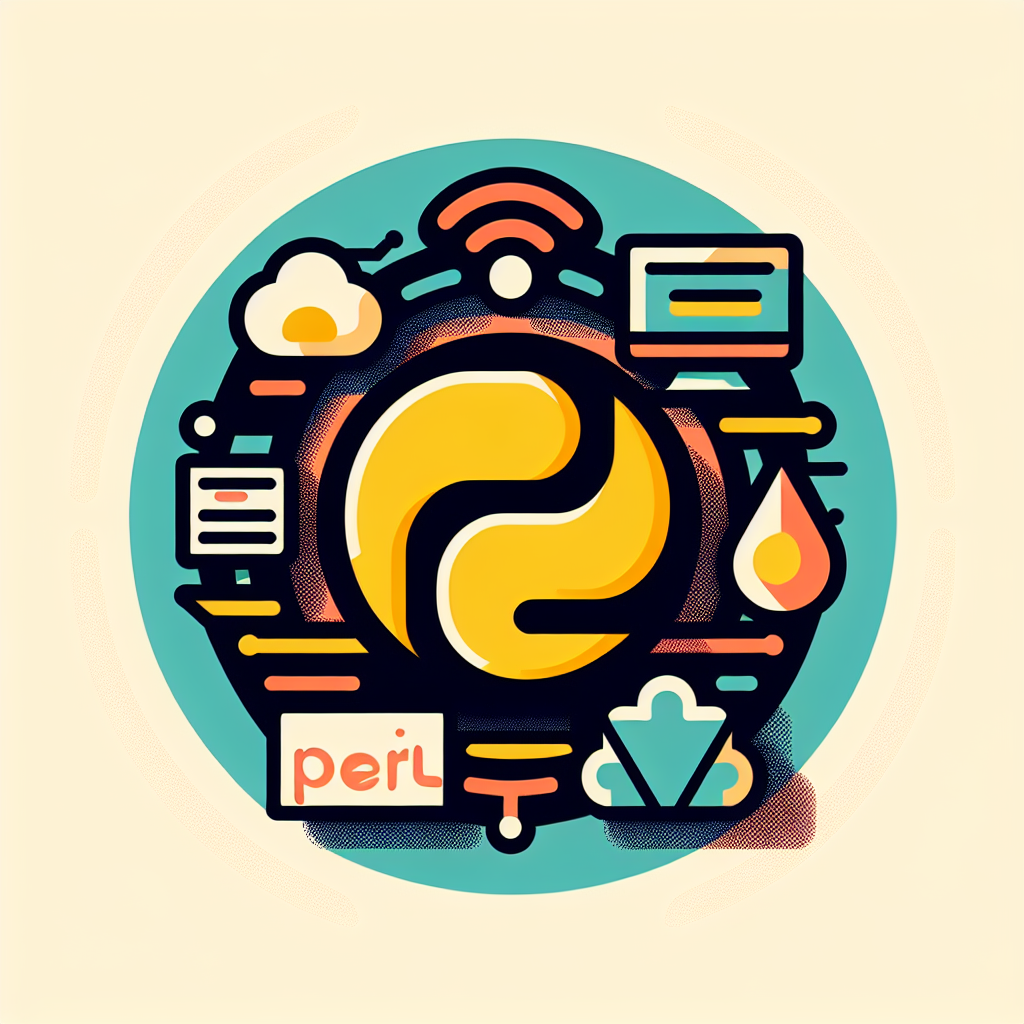Convert Perl to NoSQL: Efficient Data Migration Tool
Effortlessly convert Perl data structures to NoSQL databases. Discover seamless integration, boost efficiency, and simplify data management with our tool.
Source Code
Converted Code
Output will appear here...
Perl to NoSQL Converter streamlines the process of migrating Perl scripts to NoSQL databases, enhancing data management and scalability. Ideal for developers looking to transition from traditional databases to modern NoSQL solutions, this tool ensures seamless integration, improved query performance, and supports various NoSQL databases like MongoDB and Cassandra. Boost your applications flexibility and speed with this efficient Perl to NoSQL solution.

Perl to NoSQL Conversion Tool Link to this section #
The Perl to NoSQL conversion tool is designed to seamlessly translate Perl data structures into NoSQL formats, enhancing data flexibility and performance. This tool is essential for developers seeking to modernize their database systems by transitioning from traditional Perl-based storage solutions to dynamic NoSQL databases.
Features Link to this section #
- Automatic Data Mapping: Effortlessly convert Perl hashes and arrays into NoSQL documents, preserving data integrity and structure.
- Multi-Database Support: Compatible with popular NoSQL databases like MongoDB, Couchbase, and Cassandra.
- Customizable Schemas: Define custom field mappings to tailor the output to specific NoSQL database requirements.
- Efficiency and Speed: The tool leverages optimized algorithms to ensure rapid conversion and minimal performance overhead.
Benefits Link to this section #
- Scalability: Transitioning to NoSQL databases allows for horizontal scaling, catering to large-scale applications.
- Flexibility: NoSQL databases accommodate unstructured data, making it easier to handle diverse data types without rigid schemas.
- Performance: Experience improved query performance and reduced latency with distributed NoSQL databases.
Code Example Link to this section #
Here’s a simple example of how to convert a Perl hash to a MongoDB document using the tool:
use PerlToNoSQLConverter;
my %perl_data = (
name => "John Doe",
age => 30,
skills => ["Perl", "NoSQL", "JavaScript"]
);
my $nosql_document = PerlToNoSQLConverter::convert_to_mongo(\%perl_data);
print $nosql_document;
Resources Link to this section #
The Perl to NoSQL tool bridges the gap between legacy Perl applications and modern NoSQL databases, providing an efficient path to modernization. Whether you're working with MongoDB or another NoSQL solution, this tool ensures a smooth transition with minimal disruption to your existing workflow.
Frequently Asked Questions
How can I connect Perl to a NoSQL database?
To connect Perl to a NoSQL database, you can use specific Perl modules designed for the NoSQL database you are working with. For example, use MongoDB::MongoClient for MongoDB or Couchbase::Client for Couchbase. These modules provide a set of functions to interact with the database, allowing you to perform operations like querying, inserting, and updating data.
What are the advantages of using NoSQL databases with Perl?
NoSQL databases offer several advantages when used with Perl, including scalability, flexibility in handling diverse data types, and efficient handling of large volumes of data. Perl's text processing capabilities, combined with NoSQL's schema-less architecture, enable developers to handle unstructured data efficiently. This makes it ideal for applications requiring rapid development and deployment.
Is there a performance impact when using Perl with NoSQL databases?
The performance impact of using Perl with NoSQL databases largely depends on the specific database and the complexity of the operations. NoSQL databases are designed to handle large-scale data operations efficiently, and Perl's ability to manage text and data processing can complement this. However, the choice of Perl modules and the design of your queries can affect performance, so it's crucial to optimize both the database and the Perl code for best results.